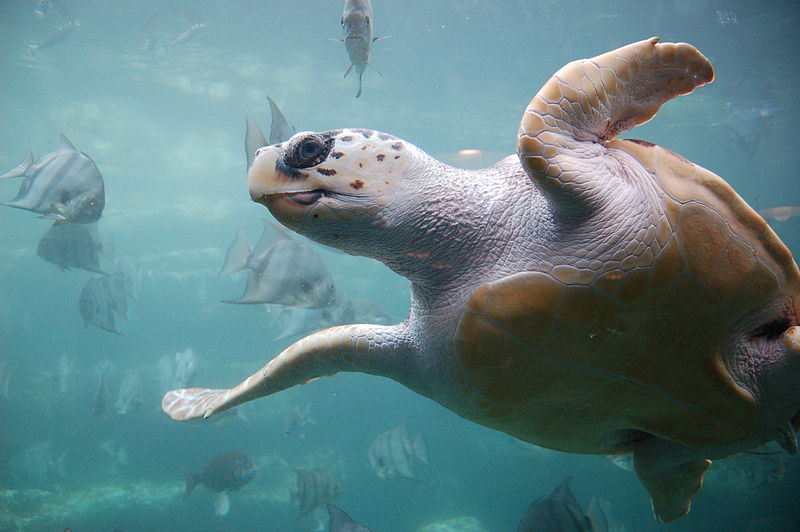Loggerhead sea turtle project, part 1
Group members:
Background
Loggerhead sea turtles (Caretta caretta) are an endangered species of marine turtle found in the tropics across the world. Sea turtles are relatively long-lived, but individuals live for several years before they are able to start reproducing. Predation, egg poaching, pollution, and trapping in trawling nets all contribute to sea turtle mortality. In order to determine how to best conserve and manage sea turtle populations, we must first understand their current population dynamics.
The overarching questions for this project are:
- Are loggerhead sea turtle populations expected to increase, decrease or stay the same, over each short- and long-term timescales?
- How will different conservation strategies influence turtle populations?
A simple loggerhead sea turtle population model is: \begin{align} \begin{bmatrix}J\\ A\end{bmatrix}_{t+1} = \begin{bmatrix}0.2&40\\0.01&0.4\end{bmatrix} \begin{bmatrix}J\\ A\end{bmatrix}_t \end{align} where $J$ is the number of juvenile (non-reproductive) sea turtles, $A$ is the number of adult (reproductive) sea turtles, and $t$ is the number of years that have passed.
